By: Richard (Rick) Davis, Laura Ratliff, Jacob Levine, Leo Nardo, Bob Collom
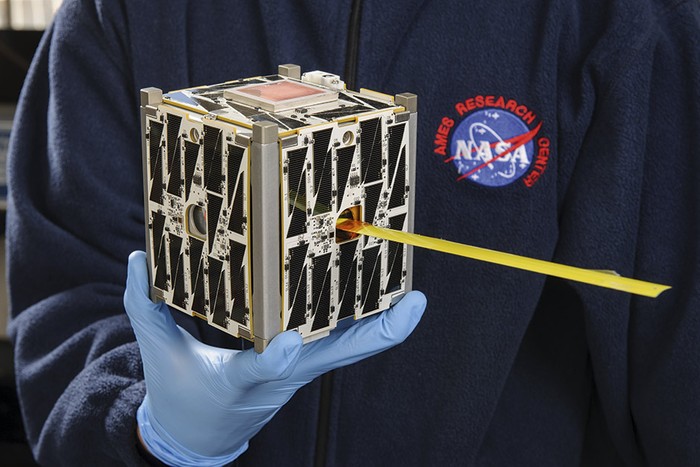
Zipping overhead in low Earth orbit (LEO), small satellites carry out a wide range of activities, such as monitoring cargo ships as they sail across the ocean, taking on-demand photographs of the environment, and providing internet access—all at a fraction of the cost of traditional spacecraft. Dramatically lower launch costs and improvements in miniaturization and standardization—which increase spacecraft capability while decreasing size and cost—have enabled the rapid proliferation of small Earth orbiters over the past decade.
While small satellites have expanded what is possible in LEO, they have not yet reached their full potential at Mars. Only two CubeSats (a modular type of small satellite) have ventured out to the red planet. These cost much more than their terrestrial counterparts because of their larger propulsion systems and more powerful antennas to solve the two biggest challenges faced by interplanetary small missions—getting to their destination and communicating with Earth. Solving those challenges and reducing cost will require new delivery methods and communications infrastructure. Once these pieces are in place at Mars, small missions will open significant opportunities to understand the planet at a global system level and answer key scientific questions.
New Delivery Mechanisms Are Essential
Reducing the price of delivery, which makes up a significant part of a small satellite’s cost, creates opportunities for more missions to Mars. One option is ridesharing, which takes advantage of excess volume and unused mass capacity on a large mission by adding a small mission or two. This allows spacecraft going towards a common destination to share the costs of the launch. Once at Mars, these rideshare missions detach from the main spacecraft and carry out their separate operations. However, this option can be challenging to implement; there must be enough mass available to accommodate the small missions and a space to fit them onboard. Additionally, the main spacecraft typically has to support the small missions for the journey out, including providing power, temperature control, and more.
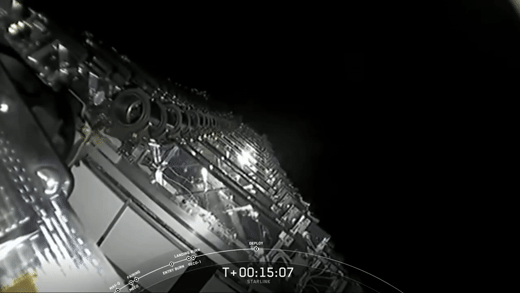
Unlike a rideshare which depends on a primary spacecraft for the launch, the emerging concept of a “Mars tug” could maximize delivery of small missions. In LEO, over 100 small satellites can be deployed at a time by vehicles developed for routine spacecraft delivery. A Mars tug would essentially do the same thing, carrying multiple small missions out to the red planet. The tug would provide propulsion, navigation, and communications via standardized ports to which the small missions attach. This strategy accomplishes small mission delivery in a similar manner to more traditional ridesharing techniques without the added complexity and cost of bolting small missions directly to a primary payload. A Mars tug could reduce launch costs per spacecraft and provide the infrastructure for routine deliveries to Mars, with tug launches occurring on a set schedule rather than being tied to a single mission’s development.
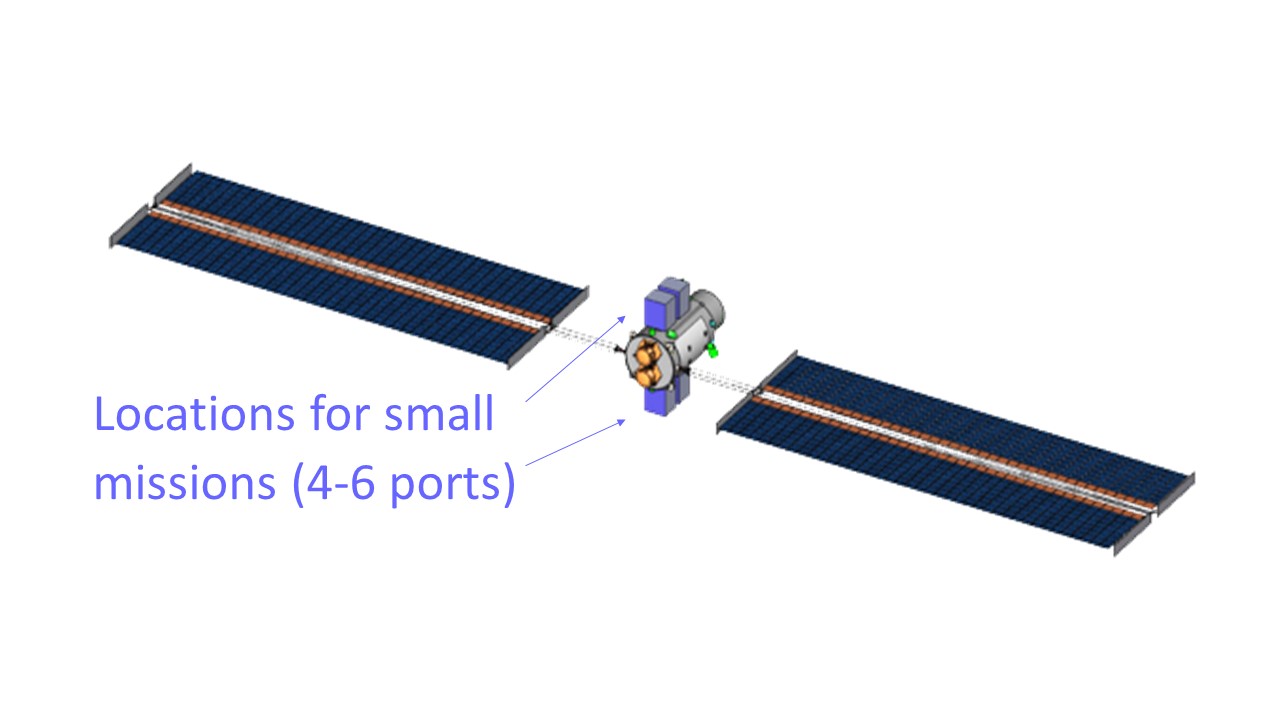
To maximize the mass that a tug can deliver, it needs to use propellant very efficiently. To do so, proposed tug designs include a solar electric propulsion (SEP) system. Unlike a rocket which quickly burns through much of its fuel in one big maneuver, a SEP system creates a very gentle push for an extended period. Over time, that gentle push can get the tug speeding along on very little propellant. The SEP system helps keep the tug’s delivery costs down since it requires so little fuel to carry out its mission.
Every mission to the red planet offers an opportunity to send small spacecraft and further unravel the mysteries of Mars. Utilizing rideshares, tugs, or similar technologies, the major launches predicted for the next decade could carry multiple small missions. NASA and other space agencies should take full advantage of these opportunities.
Small Missions Benefit from a Dedicated Communications Infrastructure
All communications to and from Mars, whether with orbiters, landers, or rovers, rely on orbital science spacecraft acting as communications relays. These orbiters are typically placed at low altitudes above Mars, which limits their capabilities in two ways. First, because they are so close to Mars, the planet often blocks their line of sight to the Earth, entirely preventing communications during that time. Second, their proximity to the surface reduces the total area that they can see underneath them. With a small field of view, the length of time to communicate with each surface asset is limited before the orbiter moves out of range. With these limitations, science missions will not be able to provide the frequent transmissions and high data rates needed for next-generation science.
Additionally, the current science orbiters are reaching the end of their lives. We rely on them to relay data from Mars. The need to refresh these assets is becoming critical.
A high-altitude communications orbiter dedicated to high-volume data flow between Mars and Earth would avoid the limitations of current science relays and improve science return on investment for all Mars missions. From a high-altitude orbit, a relay can cover both surface assets and science orbiters below with minimal gaps in communication. Additionally, by placing the large antennas needed for interplanetary communication on a dedicated orbiter, science missions could carry smaller, lighter, and less power-consuming communications equipment and still achieve high data return to Earth. This capability is crucial for small missions, which will rely on orbiters to transmit their data for them.
Solving the Delivery and Communications Challenges in One Innovative Package
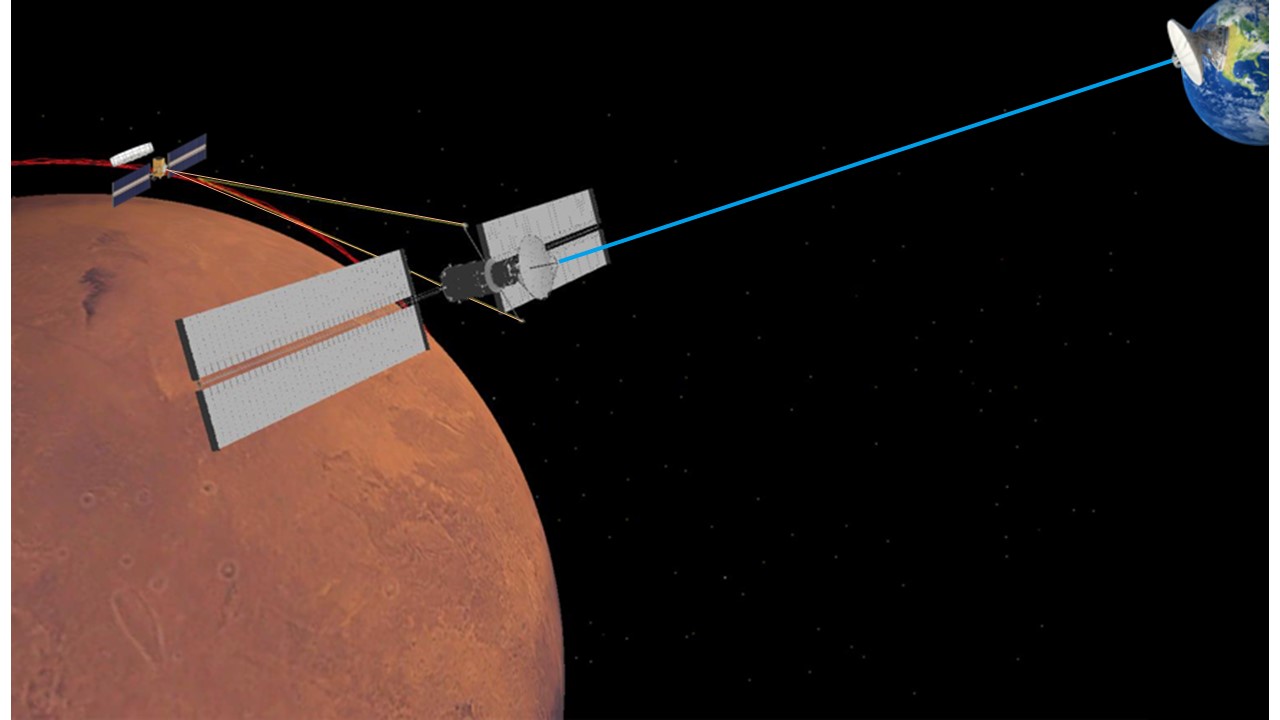
A tug that can regularly deploy multiple spacecraft and provide high-altitude, high-volume communications would accomplish both critical needs of small Mars missions. The combination of SEP augmented with limited chemical engines makes this possible. The SEP/chem tug’s power would be first directed toward delivering the tug’s passengers into a low Mars orbit, where they can remain or descend to the surface. Once the small missions have separated, the tug would spiral up to a high altitude orbit. At that point, its high power can be used for data relay. With every Mars launch opportunity (approximately every 2 years), a new SEP/Chem Comm tug would deliver more spacecraft and become another communications relay, generating a network with constant coverage of Mars.
Small Missions Open New Opportunities
The cost of small Mars missions will drop dramatically with delivery and communications solved, fostering new types of exploration and opening the door to more players. As cost falls, willingness to take technical risks will increase, allowing organizations to test innovative mission designs without the current high price of failure. These designs could include orbiters to take high-resolution imagery, aerial assets like helicopters to investigate previously inaccessible regions, and landers to monitor Martian weather. Less expensive missions could carry multiple flight copies, offering a backup in case a risky operation fails or presenting an opportunity to explore an additional location if the first spacecraft is successful in its deployment.
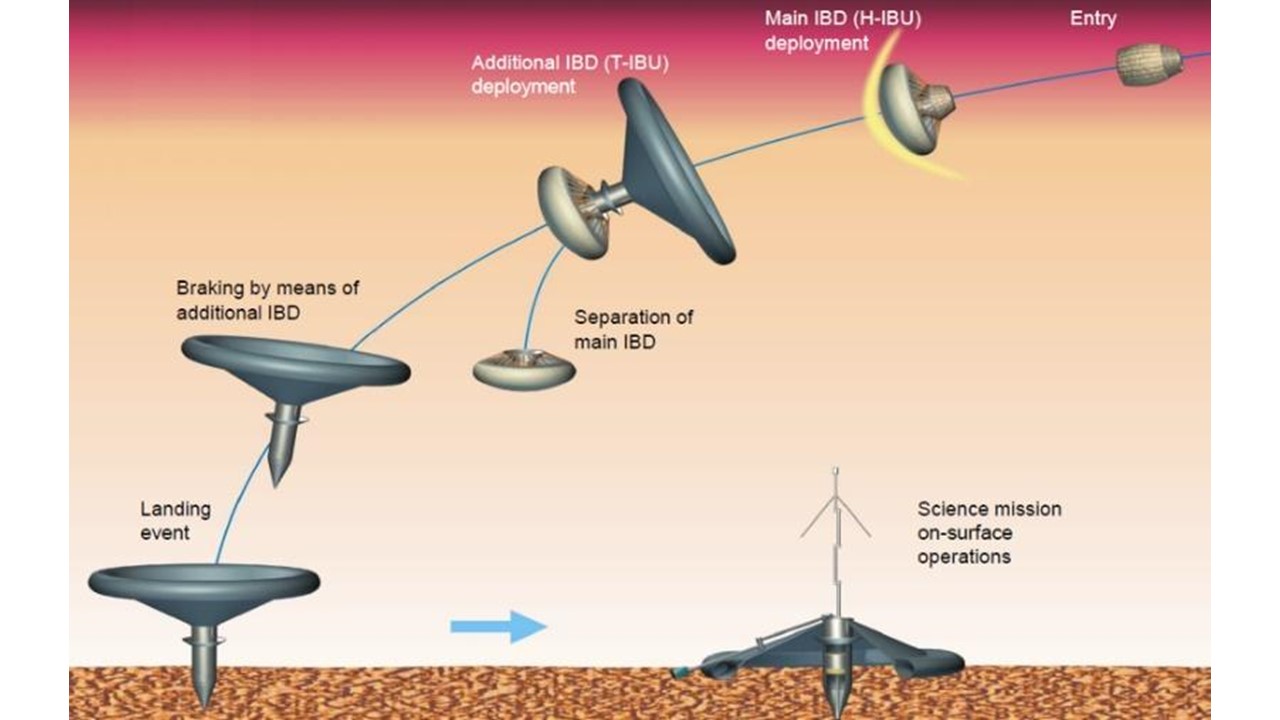
The proliferation of small missions across Mars can give us a system-level understanding of the red planet. Simultaneous measurements around the globe from small orbiters could improve our climate and weather models. On Mars’ surface, small impactors could characterize regolith and dust. While many potential investigations benefit from the deployment of missions with coordinated data collection, the system view will begin to emerge even without synchronization just from the sheer amount of new data we’ll acquire. Lower delivery and communications costs will expand the realm of possibility at Mars.
The infrastructure to support small missions delivers a bonus educational benefit and supports the growth of the Mars exploration community. Lower-cost delivery methods would allow organizations traditionally unable to send their own spacecraft to Mars, including space agencies with limited budgets, businesses, and academic institutions, to simply buy a ride. This increases our knowledge of Mars and gives more people the opportunity to participate in mission development, from concept through data collection and analysis.
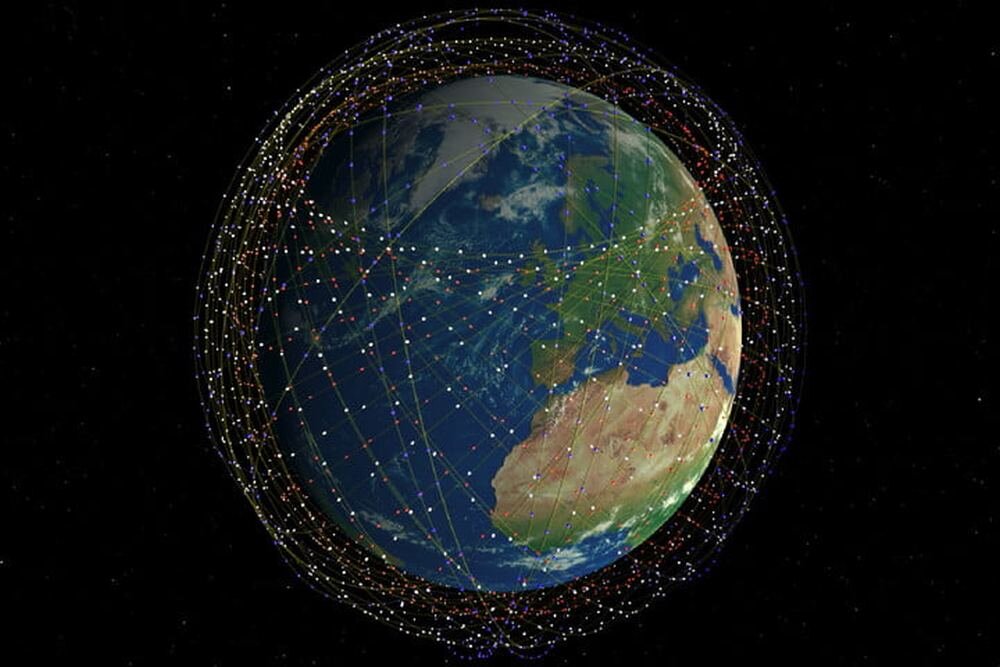
Small satellites could themselves contribute to a more robust communications infrastructure. A network of small relays placed in low Mars orbit could boost signals from landed assets up to a high-altitude relay satellite. In addition to increasing data volumes, such a network could pass signals around the planet to enable 24/7 global communications even with only one high-altitude relay, speeding up operations like rover driving and improving responses to dangerous events like solar flares.
Small Missions Simplify Mission Integration and Management
Small missions can reduce the complexity that comes from many science instruments sharing the same spacecraft and competing for resources. Previous large missions have jammed as many investigative tools and technologies onto one spacecraft as possible, which can complicate operations. For example, if two sensors are attached to opposite sides of the spacecraft, only one can see Mars at a time. To point the other toward the Martian surface, the whole spacecraft must rotate, burning precious fuel and taking up time. These challenges can be avoided if the instruments are divided up across multiple small missions, each with their own development, management, and goals. While they can still all launch together, as separate spacecraft they can conduct their science in the manner best for the one or two instruments onboard.
A Foundation for Future Martian Exploration
When deployed through low-cost means and supported by a robust communications network, small missions can stimulate innovation by allowing designers to tolerate more risk, generate large volumes of data for system-level investigations, and offer opportunities for new organizations to get involved. A SEP-chem tug which can deliver small missions and then become a communications relay could provide that infrastructure needed to take small missions the next step. This small mission strategy will help us to “telegraph and railroad” our way to Mars, exploring new frontiers in space step-by-step by building out the proper infrastructure, driving down unit price and increasing scientific return. Investing resources and research into small missions will improve our toolset for exploration of the red planet.
A great reference for additional information can be found here: https://www.hou.usra.edu/meetings/lowcostmars2022/
